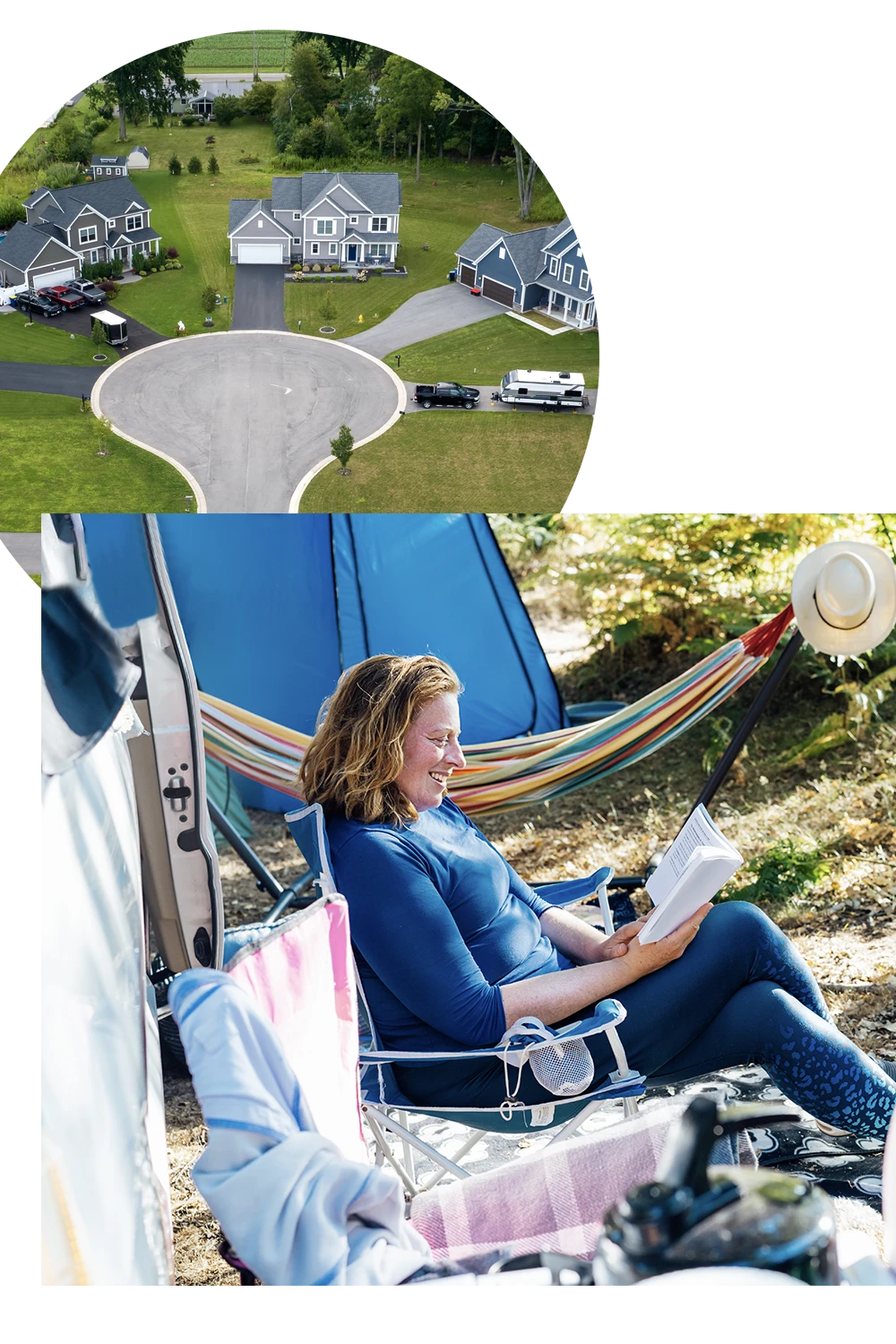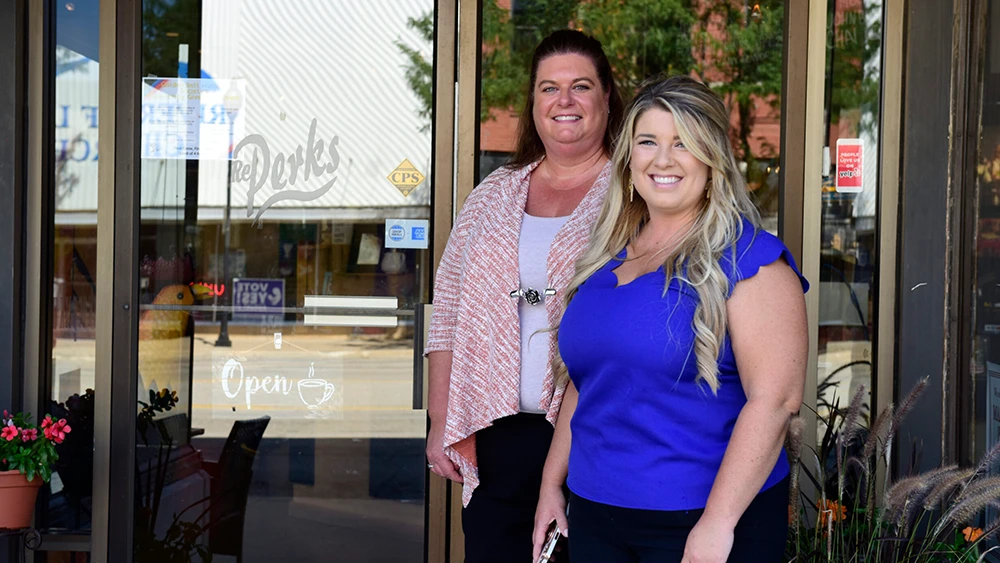Quality of Life
Discover the Excitement of Kansas
Sunflower’s service region offers an affordable, relaxed lifestyle with plenty to see and do. Whether you're looking for affordability, entertainment, or a connection to nature, you'll find it here.

Experience the balance of affordability, entertainment, and rich history that makes Kansas a great place to live and work. Let us show you why so many call the Sunflower region home!
Let us help your project thrive. Join the generations of pioneers who built their future in Kansas, America’s Centerpiece.
Cost of Living Index
U.S. average = 100
Dodge City
Everyday costs run about 19.4% lower.
Garden City
Everyday costs run about 12.4% lower.
Scott City
Everyday costs run about 18.9% lower.
Medicine Lodge
Everyday costs run about 27.3% lower.
Liberal
Everyday costs run about 19.6% lower.
Goodland
Everyday costs run about 21.9% lower.
Norton
Everyday costs run about 26.3% lower.
Phillipsburg
Everyday costs run about 26.4% lower.
Housing Costs
Your housing dollar stretches further, making homeownership more attainable.
U.S. average = 100
Dodge City
Housing costs run about 43.7% lower.
Garden City
Housing costs run about 20.5% lower.
Scott City
Housing costs run about 50.2% lower.
Medicine Lodge
Housing costs run about 69.5% lower.
Liberal
Housing costs run about 40.4% lower.
Goodland
Housing costs run about 50.5% lower.
Norton
Housing costs run about 64.6% lower.
Phillipsburg
Housing costs run about 68.1% lower.
Top-Notch Education
With low pupil-to-teacher ratios, students in our communities receive personalized attention to help them excel.
National average = 16 pupils per teacher
Dodge City
Matches the national average.
Garden City
Smaller classes: about 3 fewer students per teacher.
Scott City
Smaller classes: about 4 fewer students per teacher.
Medicine Lodge
Very small classes: about 7 fewer students per teacher.
Liberal
Slightly smaller classes: about 2 fewer students per teacher.
Goodland
Smaller classes: about 3 fewer students per teacher.
Norton
Smaller classes: about 5 fewer students per teacher.
Phillipsburg
Smaller classes: about 5 fewer students per teacher.




